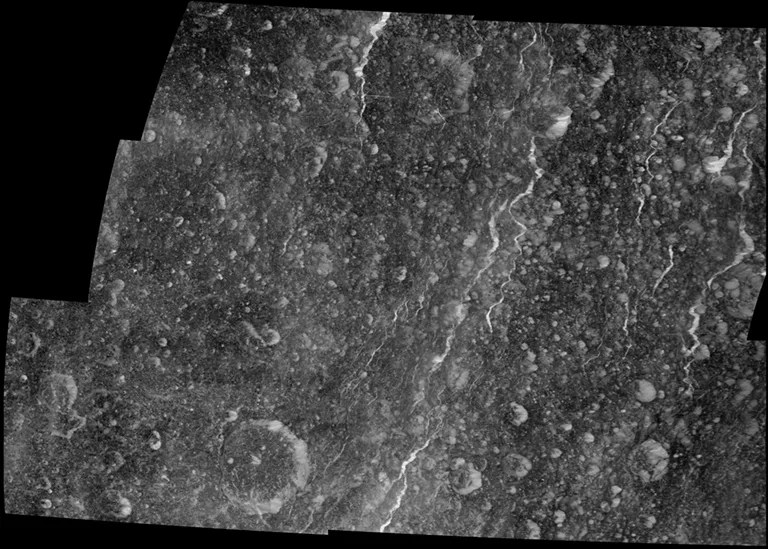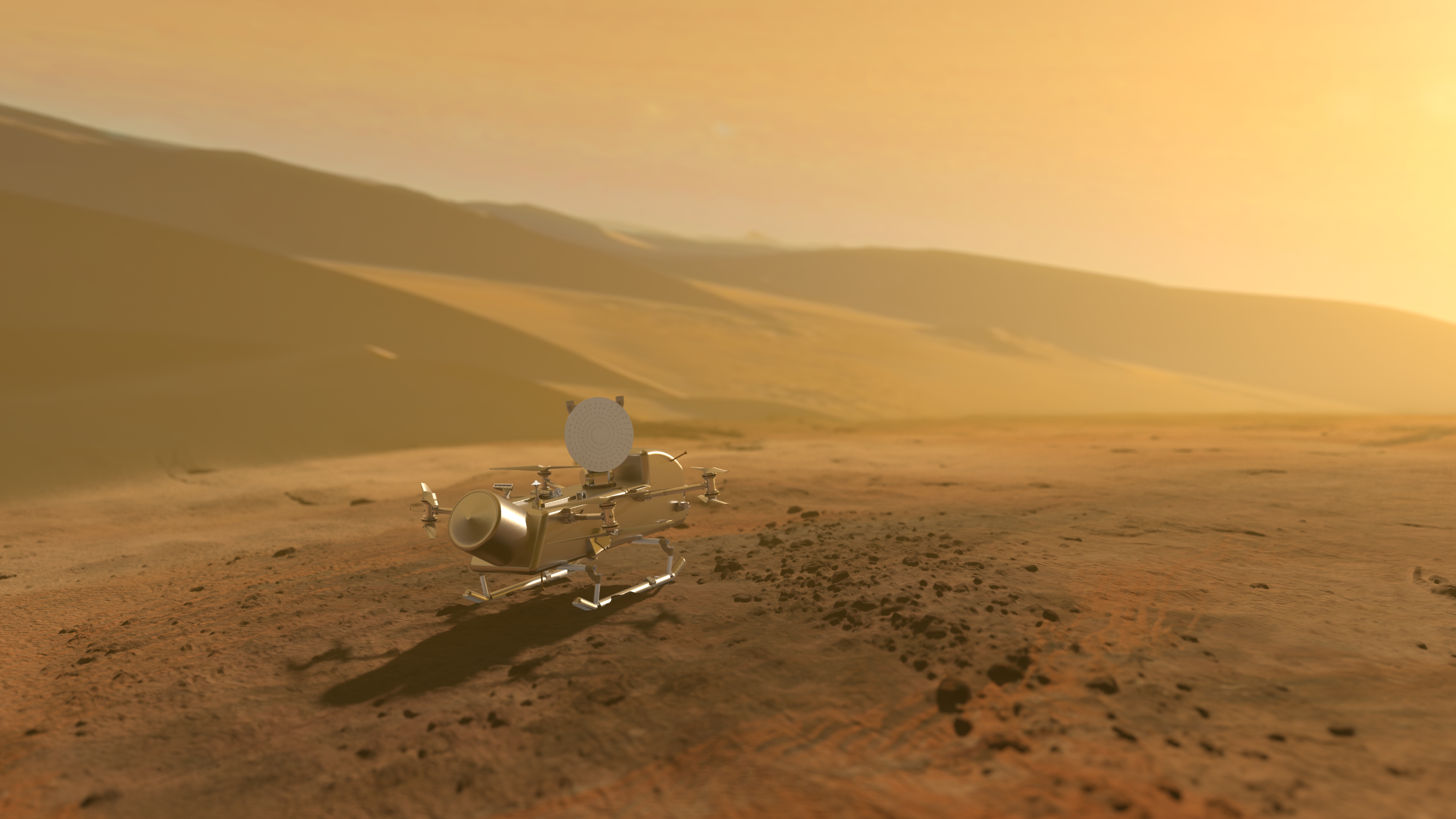1 min read

Icy fractures on Saturn's moon Rhea reflect sunlight brightly in this high-resolution mosaic created from images captured during Cassini's March 2, 2010, flyby. This was the closest flyby of Rhea up to then.
As part of the magnetosphere and plasma science (MAPS) and Cosmic Dust Analyzer (CDA) instruments' high priority Rhea Campaign, the Cassini plasma spectrometer (CAPS) controlled the pointing for the MAPS teams to investigate the interaction between Rhea and Saturn's magnetosphere as Cassini made its third targeted close approach to Rhea. In addition, MAPS scientists will use the data collected to further investigate the tenuous exosphere of Rhea. The imaging science subsystem (ISS) conducted high priority science in the four hours that followed, making a global mosaic of regions such as the large Tirawa basin, any fresh craters, and the equatorial dark bluish spots.
Date
Jan. 11, 2016
Altitude
47.2 miles (75.9 km)
Speed
18,000 mph (8.0 km/sec)
Share
Details
Last Updated
Jan 24, 2024
Editor
NASA Science Editorial Team
Related Terms
Keep Exploring







